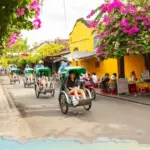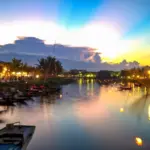My Son Sanctuary: The Complete Guide for Cultural Explorers
My Son Sanctuary: History and Cultural Significance
Nestled in the forested hills of Quang Nam Province, My Son Sanctuary stands as a silent testament to Vietnam’s layered history and the enduring spirit of the Cham civilization. Once a spiritual heart of the Champa Kingdom, this ancient Hindu site, constructed between the 4th and 13th centuries, is among Southeast Asia’s most significant archaeological remains. Set within the lush My Son valley, the Sanctuary encapsulates the legacy of the Cham people, who dominated central Vietnam for nearly a millennium.
My Son was created as a spiritual retreat, serving as the Champa’s most important religious center. Over centuries, the valley filled with more than 70 red brick temples dedicated mainly to Shiva, symbolizing the devotion of the Cham kings. The site’s historical and religious resonance contributed to its UNESCO World Heritage Site designation in 1999, reinforcing its place as an irreplaceable link to both local and regional identity. Today, visitors experience more than temple ruins—they walk amid living memories and sacred footprints. The symbolic presence of sandstone sculpture, lingam, and Apsara dancer carvings pulls you directly into ancient Southeast Asia.
See My Son Sanctuary on Google Maps
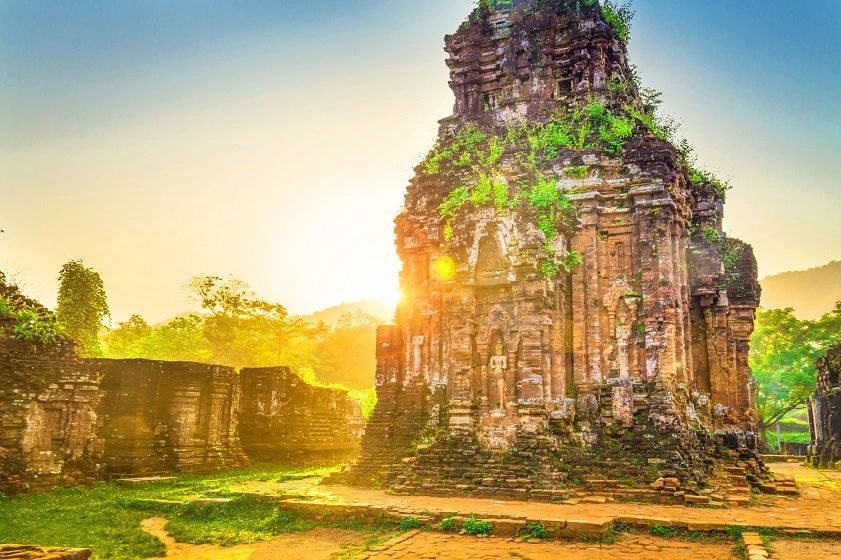
Architecture of the Ancient Cham Temples
The artistry and architecture of My Son’s temples are unmatched in Vietnam. What sets them apart is the astonishing technique of building with baked bricks—without mortar. Each structure exemplifies unique Cham architecture: perfectly fitted blocks, resilient to weather and time, forming towers, sanctuaries, and gates. Many temple exteriors and interiors feature bas-relief carvings: deities, mythological tales, and dancing Apsaras leap from stone, their forms telling stories of faith and history.
Red brick construction is an emblem of the site’s ingenuity; some researchers believe a special plant-based resin was used to bond the bricks invisibly. The temples’ dedication to Hindu deities, especially Shiva, is evident in symbols such as the lingam and yoni, intricate mandalas, and depictions of Garuda and other Hindu iconography. Remnant Cham script inscriptions prove vital to ongoing studies, illuminating rituals conducted within these enigmatic buildings, far removed from the modern city sprawls of Da Nang or Hoi An.
Many of the towers are grouped according to chronological and spiritual significance, creating a temple complex that surprised early French archaeologists with its scale and preservation. Even today, as you traverse the paths of this ancient temple complex, the harmony between religious, cultural, and architectural values is unmistakable, distinguishing My Son as one of Indochina’s must-see heritage sites.
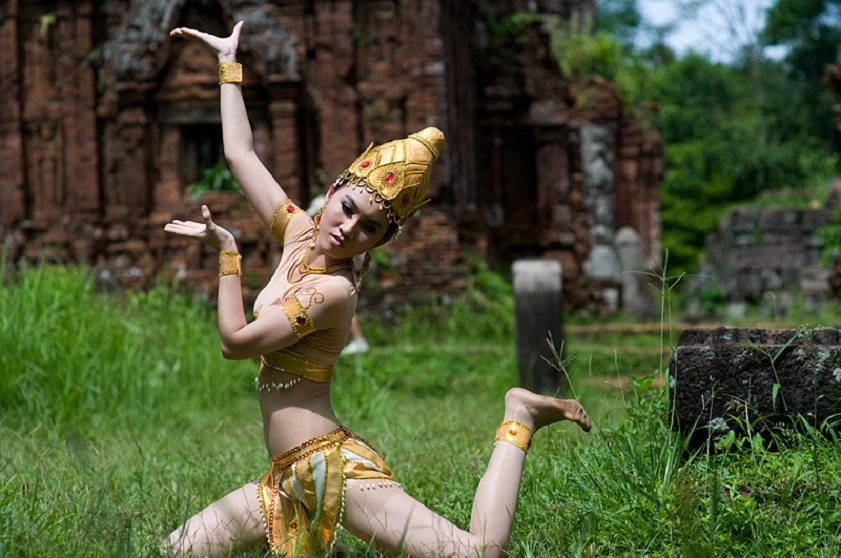
Damage, Restoration, and Preservation Efforts
The 20th century dealt severe blows to My Son Sanctuary, particularly during the Vietnam War. Bombings destroyed significant portions of the ancient structures, reducing several temples to dramatic ruins. The visual impact of war-damaged structures remains a powerful reminder of the site’s turbulent past—one of the most profound cause-effect reminders in the region.
Since its recognition as a UNESCO heritage monument, substantial restoration and archaeological work have taken place. International teams (notably from India and Italy) and local Vietnamese experts collaborate on temple restoration, focusing on both architectural integrity and sustainable heritage protection. Distinctive features such as hidden tunnels, unique brickwork, and Cham script are carefully preserved.
Walking through My Son, visitors can observe various restoration phases. Information panels detail ongoing projects, while guided tours by ovuigo.com highlight the technical and cultural importance of these efforts. Sustainable eco-tourism is also emphasized for visitors eager to contribute to long-term preservation, offering experiences beyond passive sightseeing. The restoration status is partially completed, with certain areas off-limits while the work continues.
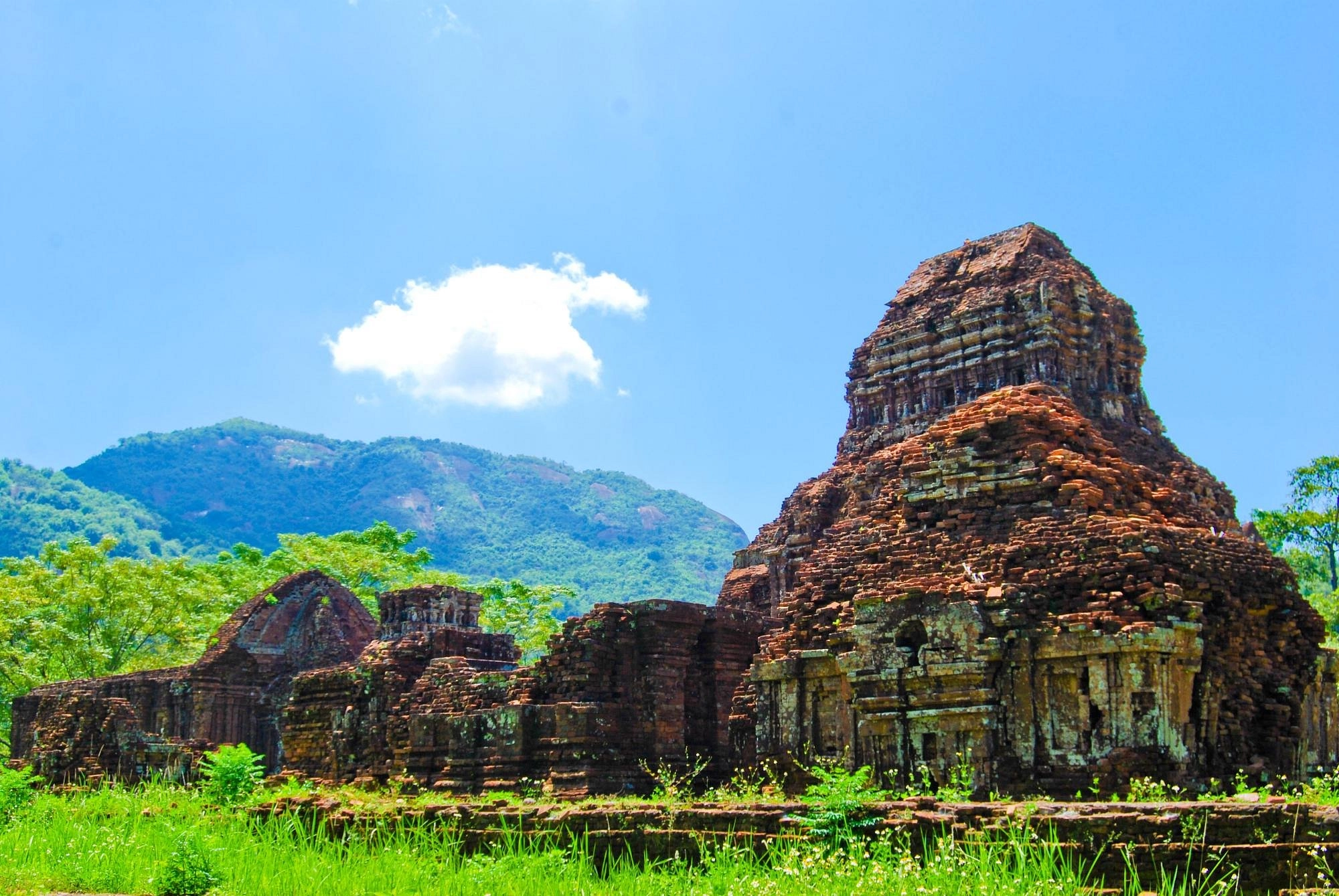
Guided Tours and Visit Experience from Da Nang
A visit to My Son Sanctuary is a highlight for those interested in Vietnam’s cultural tourism. From Da Nang, booking a my son sanctuary tour with ovuigo.com is seamless. Most tours offer convenient pick-up at your hotel in Da Nang or Hoi An, followed by a scenic drive (around 40km) through rural Quang Nam landscapes. Day tours run throughout the year, but sunrise departures provide cooler weather and fewer crowds—ideal for photography and reflection.
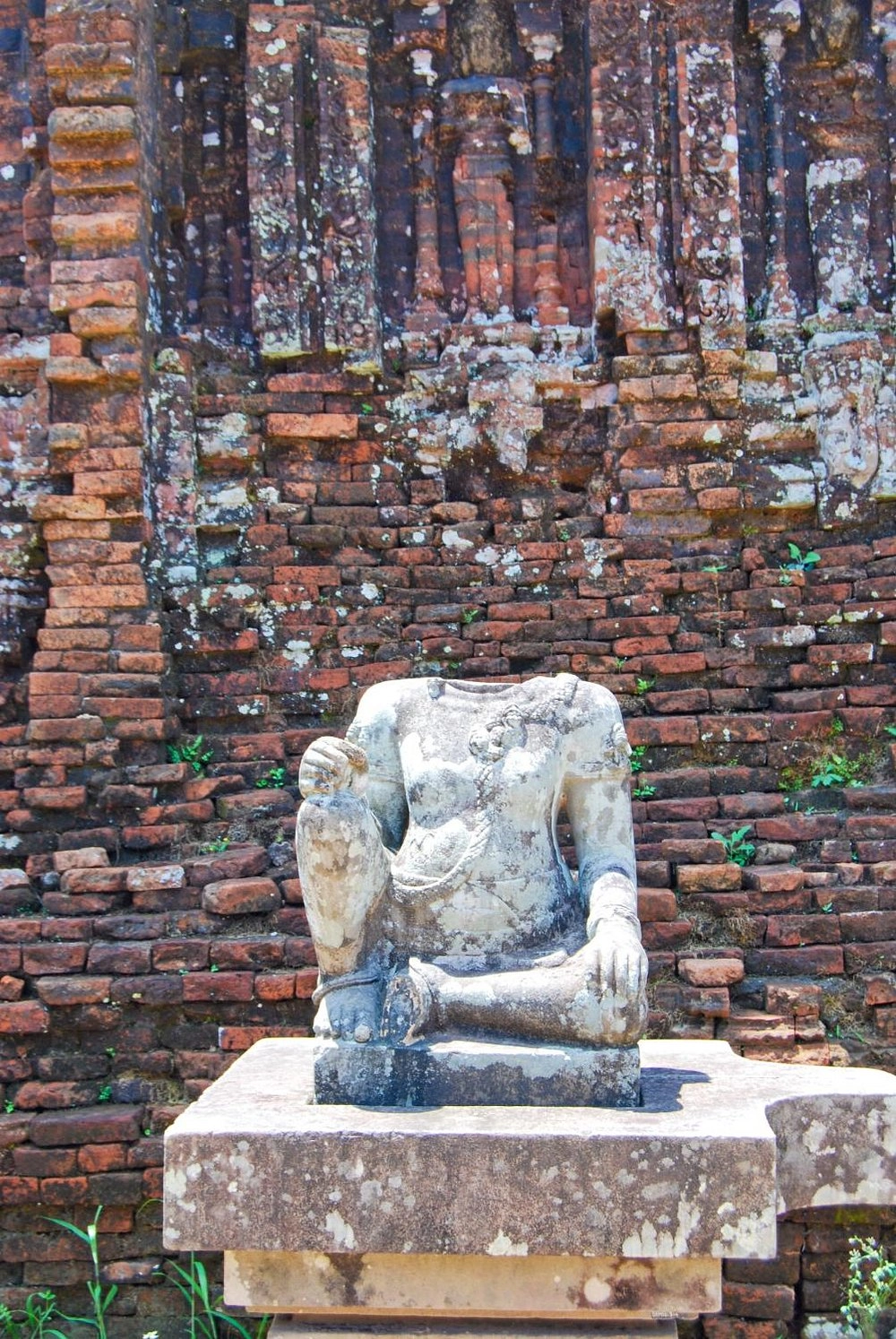
How to Book a My Son Sanctuary Tour:
- Choose a reputable provider such as ovuigo.com for reliability and insightful guides.
- Select your itinerary: options include a half-day tour, private sunrise tour, or eco-tourism packages.
- Confirm tour price (entrance ticket excluded, typically 150,000–200,000 VND for adults, 60,000 VND for children under 16). Many tours include transportation, bottled water, and expert commentary.
- For group and private tours, ovui ideal durations last 4-6 hours, covering main temple groups, a visit to the museum, and live Cham dance performances when available.
- Contact ovuigo.com via Whatsapp (+84868319161) to book instantly or discuss customization.
Travelers note that many tour packages include skip-the-line access and hotel transfers. The visitor experience in the sacred valley blends education, nature, and relaxation, appealing to both families and history enthusiasts. For an exclusive adventure, consider a private My Son sanctuary sunrise tour
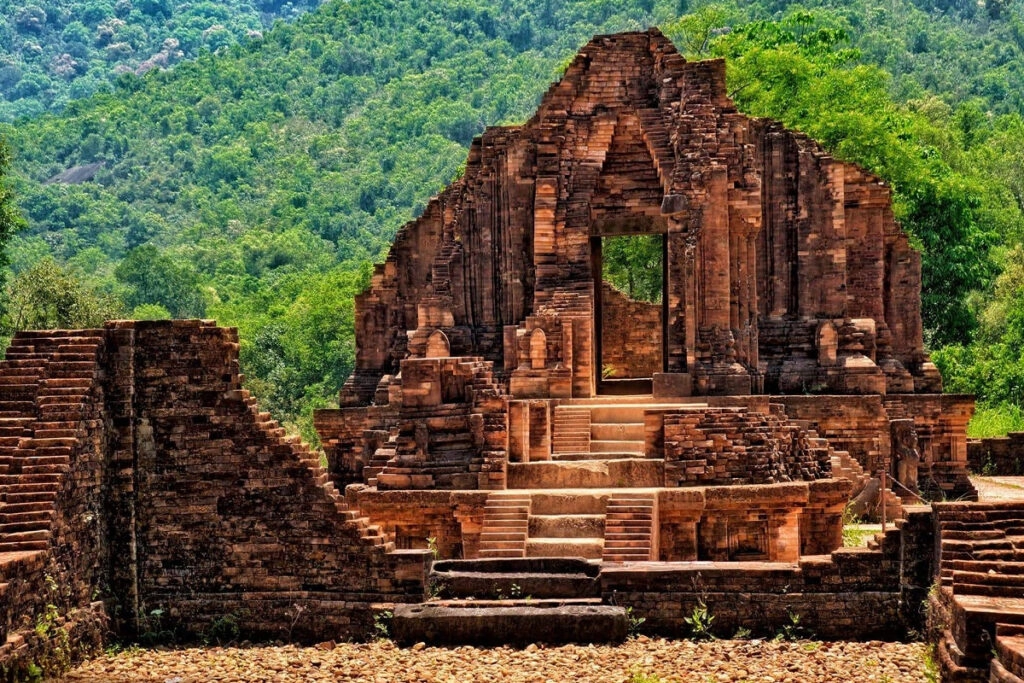
Nearby Attractions: Hoi An Ancient Town, Marble Mountains, and More
Enhance your journey with stops at some of Central Vietnam’s most evocative cultural and natural landmarks:
- Hoi An Ancient Town: An atmospheric riverside port town, a UNESCO site (ticket: 120,000 VND), known for lantern-lit streets, merchant houses, and signature local cuisine. View on Google Maps
- Marble Mountains: Sprawling limestone hills housing centuries-old Buddhist and Hindu shrines, with caves, tunnels, and viewing outlooks (entry: 40,000–100,000 VND). View on Google Maps
- Hue Imperial City: Vietnam’s last royal capital, filled with palaces, moats, and golden gateways (ticket: 200,000 VND). It’s a living museum of Nguyen Dynasty heritage. View on Google Maps
- Ba Na Hills: A hill station resort with the iconic Golden Bridge and colonial villas, offering cool air and panoramic views (tickets from 750,000 VND, cable car included). View on Google Maps
- Quang Ngai: A coastal city with historic sites, beaches, and war memorials—ideal for a quieter excursion. View on Google Maps
Tips for Planning Your Visit to My Son Sanctuary
- Best time to visit: From 6:30 AM to 10:00 AM to avoid midday heat; December to April brings drier weather and better environmental conditions.
- Ticket info: As of 2024, entry for adults is 150,000–200,000 VND, and 60,000 VND for children under 16.
- Getting there: From Da Nang or Hoi An, take a day tour, private car, or shuttle bus (approx. 1–1.5 hours each way). Guided tours provide additional context that solo trips cannot match.
- Accessibility: Main paths are walkable but bring comfortable footwear; some sections are uneven due to archaeological dig sites.
- Tour schedules: Opt for morning or late afternoon; cultural performances are often mid-morning, so ask your guide for timings.
- Extra experiences: Combine your trip with Hoi An or Marble Mountains for a comprehensive heritage day.
- Responsible tourism: Respect restricted zones, avoid touching carvings, and use provided bins for litter.
For detailed itineraries or to arrange a custom my son sanctuary guided tour from Da Nang, reach out to ovuigo.com or call/WhatsApp +84868319161 for expert local support.
Whether you seek the historical significance, marvel at the ancient temple complex, or want a half-day escape into Vietnam’s ancestral heart, My Son Sanctuary offers an unparalleled eco-tourism experience. Extend your cultural journey by discovering welcoming accommodations: The Manor Hoi An, Hola 1, and Hola 2—your gateway to Central Vietnam’s wonders.



